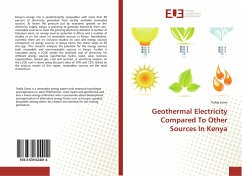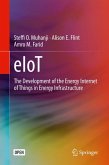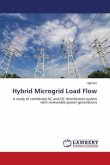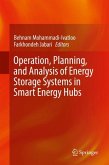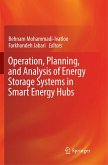Kenya's energy mix is predominantly renewables with more than 80 percent of electricity generated from locally available renewable sources. To lessen the pressure put by economic growth on the electricity supply, Kenya is planning to generate electricity from non-renewable sources to meet the growing electricity demand. A number of literature exists on energy sources potential in Africa and a number of studies in on the same on renewable sources in Kenya. Nonetheless, currently there are no inclusive studies on cost and energy sources comparison of energy sources in Kenya hence this thesis seeks to fill this gap. This research analyses the potential for the energy sources both renewable and non-renewable sources in Kenya. Further it calculates using a LCOE model the levelized cost of electricity for different energy sources (geothermal, hydro, wind, solar, biomass cogeneration, natural gas, coal and nuclear). A sensitivity analysis on the LCOE cost is done using discount rates of10% and 12%. Based on the analysis results of this report, renewables sources are the most economical.
Bitte wählen Sie Ihr Anliegen aus.
Rechnungen
Retourenschein anfordern
Bestellstatus
Storno

